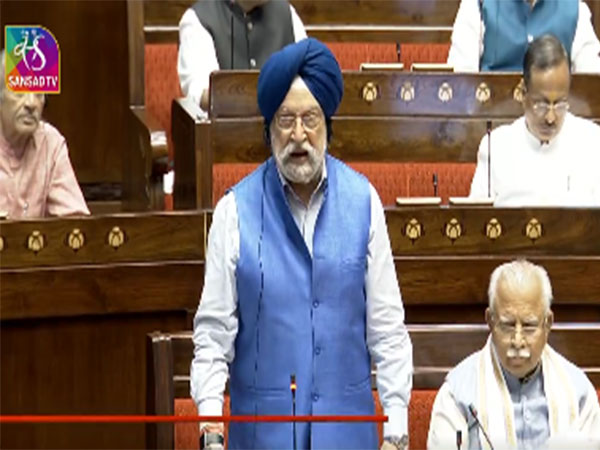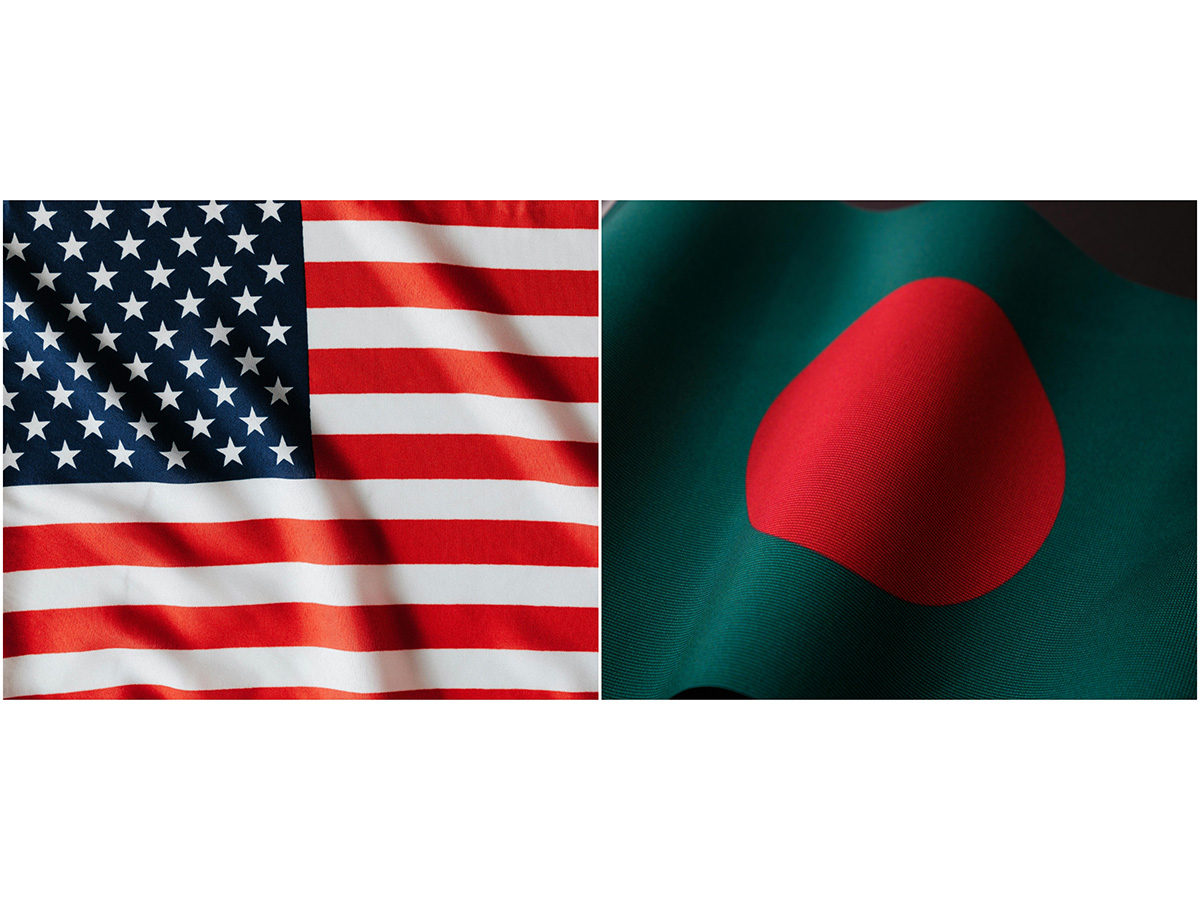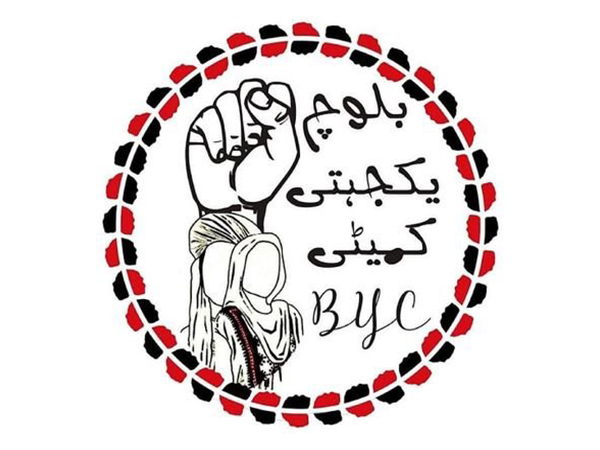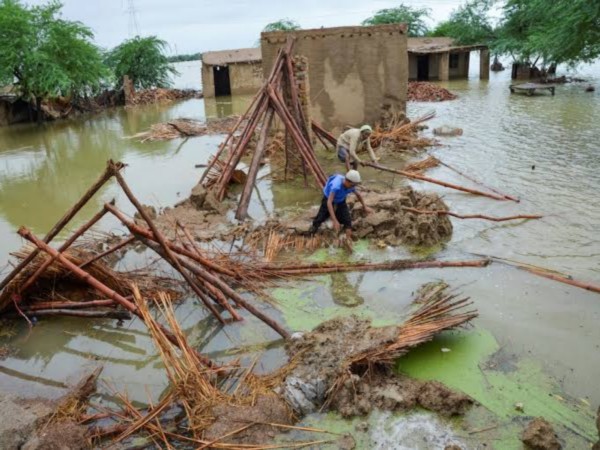New Delhi [India], July 29 (ANI): Petroleum Minister Hardeep Puri on Monday informed the Parliament that at present, there is no plan to mandate the blending of ethanol with diesel.
“The issue of blending ethanol with diesel is still at an experimental stage. And I can say categorically that at present there is no plan to mandate,” the Minister said in the Rajya Sabha, participating in the Question Hour.
The Minister was asked whether the government was planning to mandate the blending of ethanol with diesel, and if so, what percentage of ethanol is proposed to be blended with diesel.
He apprised the Upper House that oil marketing companies have tested up to 7 per cent of ethanol in diesel in collaboration with the Automotive Research Association of India and select auto companies.
“The initial tests have shown that there would be a reduction of flashpoint to 15 degree Celsius with 5 per cent ethanol blend. And we require material compatibility and equally, fuel stability and oxidation stability,” the minister said.
Also, blending of diesel with ethanol would form deposits in fuel tanks, which can have a series of other implications, the minister said.
As per definition, the flash point of a fuel is a temperature at which it can ignite when a flame is applied after heating the liquid under controlled conditions.
In his response during the Question Hour, Minister Puri also outlined the ethanol-petrol blending mandate.
“We have now very successfully gone to up to 20 per cent blending (in petrol).” Ethanol blending started in 2014, with 1.4 per cent of ethanol blending in petrol.
“Today we’ve reached a figure of 15 per cent. We have blended 400 crore litres of ethanol. Now we’re planning to take it up to 1,000 crore litres by the end of the ethanol blending year-25.”
India has already rolled out 20 per cent blended fuel, though in a phased manner, in April 2023 and widespread availability is expected in days to come.
The government is ambitious of attaining 20 per cent ethanol-blended petrol by 2024-25 and 30 per cent by 2029-30. The government has advanced the target of E20 fuel from 2030 to 2025.
E20 blending in petrol was introduced by the Centre to reduce the country’s oil import cost, energy security, lower carbon emissions and better air quality.
To do this in the case of diesel, the government has to be very careful that it does not raise vulnerability on safety.
“I would at this stage therefore say that the way forward is to do further conducting of further tests, issue some stability of ED blend which need to address and several other steps which we are presently undertaking,” he concluded.
Notably, at the COP26 summit in Glasgow in 2021, Prime Minister Narendra Modi committed to an ambitious five-part “Panchamrit” pledge, including reaching 500 GW of non-fossil electricity capacity, generating half of all energy requirements from renewables, and reducing emissions by 1 billion metric tonnes by 2030.
India also aims to reduce the emissions intensity of GDP by 45 per cent. Finally, India commits to net-zero emissions by 2070. (ANI)
Disclaimer: This story is auto-generated from a syndicated feed of ANI; only the image & headline may have been reworked by News Services Division of World News Network Inc Ltd and Palghar News and Pune News and World News
HINDI, MARATHI, GUJARATI, TAMIL, TELUGU, BENGALI, KANNADA, ORIYA, PUNJABI, URDU, MALAYALAM
For more details and packages
















